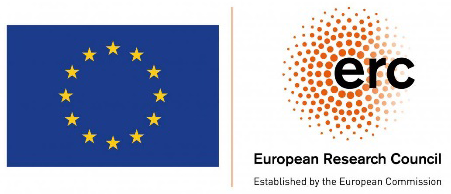
Webinar cycle in Hydrogeology and Geochemistry
HYDROGEOLOGY GROUP (Associated Unit CSIC-UPC, Barcelona)
Date: Thursday, 31st March 2022
Starting time: 15:00pm (Central European Time)
Duration: 1h
Guest Speaker: Sara Hanson-Hedgecock, Post-doctoral fellow
Title: Probabilistic system for induced seismicity risk classification
live in: https://meet.google.com/snb-qdkn-eex (free of charge)
Abstract:
Geothermal projects are important as a growing source of alternative energy and in reducing CO2 emissions. In order to be economically and commercially feasible the reservoir must have sufficient heat as well as fluid and permeability in which to store thermal energy. In order to improve fluid storage and permeability enhanced geothermal systems (EGS) techniques such as fluid pressurization, hydraulic fracturing and chemical stimulation may be used. The drawback to this is that fluid injection associated may induce seismic activity, which is undesirable if the seismic event is large enough in magnitude to be felt in surrounding areas. Models of seismic risk can aid engineers in designing EGS projects that minimize the impact on the public while optimizing energy production and is an important step in pre-treatment planning. Additionally, these analyses can inform mitigation and monitoring measures.
We propose an intelligent system for induced seismic risk assessment to identify regions of higher induced seismicity risk from fluid injection. The system integrates a suite of geologic, geophysical and geomechanical data collected prior to injection to aid geologists and engineers in defining and interpreting patterns of subsurface properties that could contribute to the increased risk of seismic events occurring. The intelligent system for seismic risk follows the steps (1) developing a pre-stimulation earth model to fully characterize and evaluate the geologic, geophysical and geomechanical properties of the region of interest, (2) integrating and evaluating the set of properties to identify regions of increased seismic risk and (3) real-time monitoring, evaluation, and update of the risk model during stimulation. We use data from the FORGE enhanced geothermal system experiment in Utah, USA for development.

